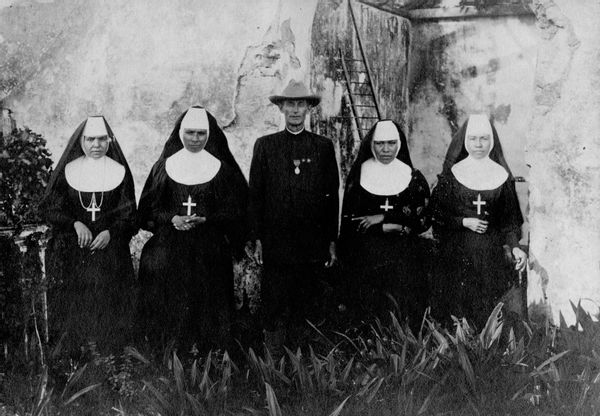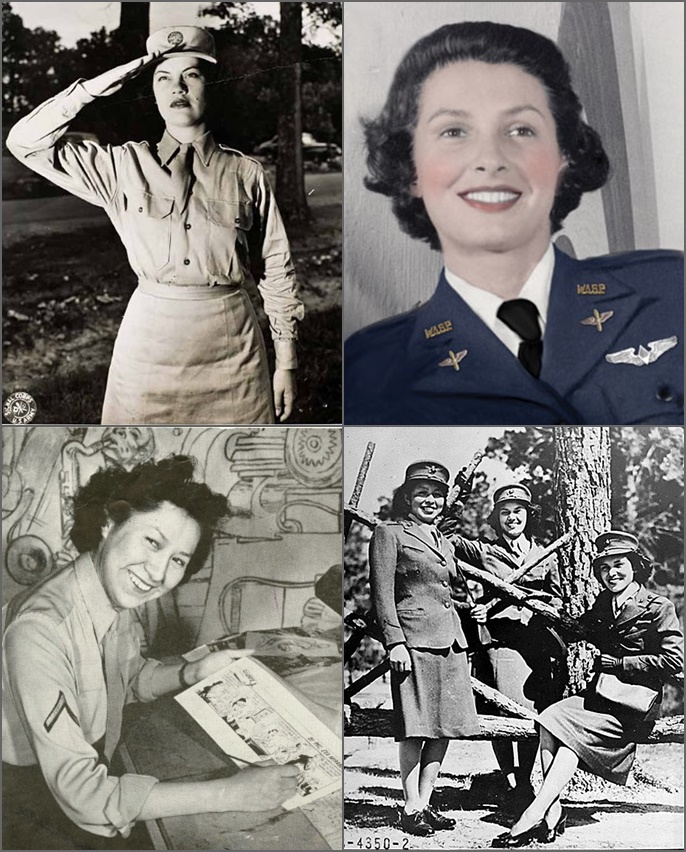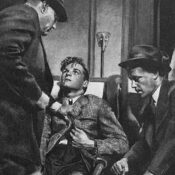On the northern side of Phoenix, a mountain rises nearly half a mile above the city. On a clear day, if you hike to the top, you can catch views of Phoenix, Scottsdale, and beyond. The people of the Tohono O’odham tribe once called this mountain Vianom Do’ag (Iron Mountain). White settlers referred to it as Squaw Mountain or Phoenix Peak for more than a century. In 2003, the mountain received a new name: Piestewa Peak, named in honor of Army Specialist Lori Ann Piestewa. Piestewa was the first Native American woman to die in military service overseas, and the first woman killed in the Iraq War in 2003.

Born and raised in Tuba City, Arizona, on the Hopi Reservation, Piestewa was the third generation of her family to serve in the U.S. military. Her father served in the Vietnam War; her grandfather in World War II. Today, Piestewa is most often remembered because of her death, but through her time in the military, she was part of a long legacy of Native American women’s service to the United States.
It is a legacy that can be traced back to the American Revolution. An Oneida woman known as Tyonajanegen, or Two Kettles Together, supported her husband in combat during the Battle of Oriskany in New York. Together, they fought in support of the American colonists against the British. Tyonajanegen loaded her husband’s gun and, when he was injured, took it up herself.
By the War of 1812, the United States Army hired at least five Native women from New York as cooks. They served for three months in special units made up of Native American soldiers. In the war’s aftermath, they received government pensions for their service, although these benefits were not always easily obtained. Dinah John, an Iroquois woman, spent two decades fighting for her pension. The Federal Bureau of Pensions had repeatedly denied John’s claim because she would not swear allegiance to the United States. She finally received $8 per month starting in 1878, along with a $400 one-time payment, and continued receiving the monthly pension until her death five years later.

Over the 19th century, the relationship between the U.S. government and Native American peoples changed drastically. The nation continued to expand westward, bringing new populations to lands long settled by many different Native American tribes. In the two decades after the Civil War, the U.S. government focused on placing Native Americans on reservations across the West. Boarding schools like Carlisle Industrial School became places where Native American children were taught to assimilate. Government officials believed that only through assimilation could Native Americans become citizens. Native Americans, however, saw another path: military service.
Four Lakota women, serving as nuns in the Congregation of American Sisters, trained as nurses to serve in the Spanish-American War in 1898. While they most likely became nurses because of their belief in service to others, their work in the war set an important precedent for Native American women’s military service. The four women spent four-and-a-half months at hospitals in Florida, Georgia, and Cuba. Reverend Mother Mary Anthony (born Susan Bordeaux) died in Cuba from an illness she contracted while serving as a nurse. Reverend Sister Mary Joseph (Josephine Two Bears) opened an orphanage in Cuba and lived there for the next two years until she returned to the U.S. and got married. Reverend Mother Mary Bridget (Anna Pleets) and Reverend Sister Mary Gertrude (Ella Clark) later married and lived out their lives in North and South Dakota. They left the religious order behind, but continued to be recognized as veterans, as Pleets received a military funeral when she died in 1948, and Clark lived in the Hot Springs, South Dakota, Old Soldiers Home near the end of her life.

The Army Nurse Corps developed out of the nation’s experiences in the Spanish-American War. When World War I arrived, 14 Native American women volunteered their medical expertise and experience, continuing the legacy begun by the Congregation of American Sisters. Their service took them across the nation and to France. In the years after the war, most continued to work as nurses, including in veterans’ hospitals, public health agencies, and on reservations.
In 1924, the Indian Citizenship Act granted citizenship to all Native Americans who had been born in land held by the United States. The act passed successfully in part because of efforts by people like Dr. Joseph Kossuth Dixon. He argued that Native Americans’ participation in World War I had demonstrated they deserved citizenship. At least 12,000 Native Americans had served in the war, even though at least 40 percent did not have citizenship at the time. The Indian Citizenship Act was an important step in recognizing the tradition of Native Americans’ military service in support of the United States.
During World War II, more than 800 Native American women served in the Women’s Army Corps, the Navy’s WAVES (Women Accepted for Volunteer Emergency Service), and the Women Marine Corps Reserve. Grace Thorpe, of Sac and Fox heritage, was assigned as a WAC recruiter first in the western United States, and then in the Philippines, New Guinea, and Japan. Ola Mildred (Millie) Rexroat, an Oglala Lakota woman, was the only Native woman in the Women Airforce Service Pilots (WASPs) of World War II. Eva Mirabal of the Taos Pueblo was a WAC who gained national fame for her comic strip G.I. Gertie, featuring the antics of a young servicewoman. Minnie Spotted Wolf, a Blackfoot from Montana, became the first Native American woman in the Women Marine Corps Reserve in 1943. Celia Mix, of the Potawatomi, and Viola Eastman of the Ojibwa, also had the distinction of being one of the first Native American women in the Marines alongside Spotted Wolf.

All these women and many more created a legacy of Native American women’s military service. Nearly one in five Native Americans have served in the U.S. military since 2001, and Native American women serve at a higher rate than women in general. They are also the largest group of women veterans today. Native American women continue a living legacy of serving their country, honoring those who came before them, and maintaining a path for those who will come after.
Become a Saturday Evening Post member and enjoy unlimited access. Subscribe now




Comments
This is another great feature, Tanya. Thank you for shedding light and knowledge of these remarkable Native American women giving service to this country going back the 18th century. Your final paragraph sums it up very well.
However, I do not want to see any American of any race or ethnicity injured or killed in made up “conflicts” around the world the U.S. has no business being involved in, for the profits of the military industrial complex and the government otherwise. Naturally it’s different if our nation really does need to defend itself, of course. But even there, was it a result of our government/military intentionally instigating it, as they’re such experts at doing?
We can start by hand picking the worst warmongers in the U.S. Senate (yeah YOU Lindsey Graham) off of that Senate floor, loading them onto a military plane wearing a parachute and Depends, pushing them out over said country, then wishing them good luck after pulling the ripcord. Stop crying fellas! You asked for it, you got it!